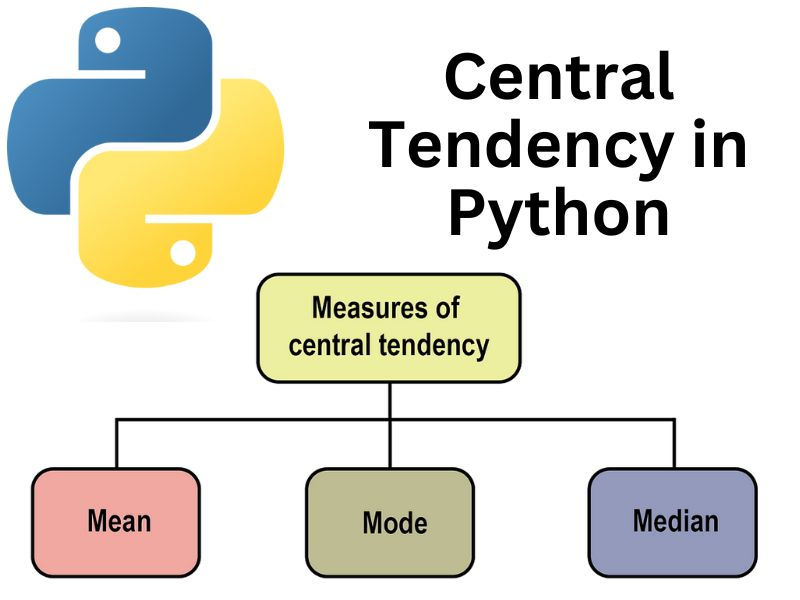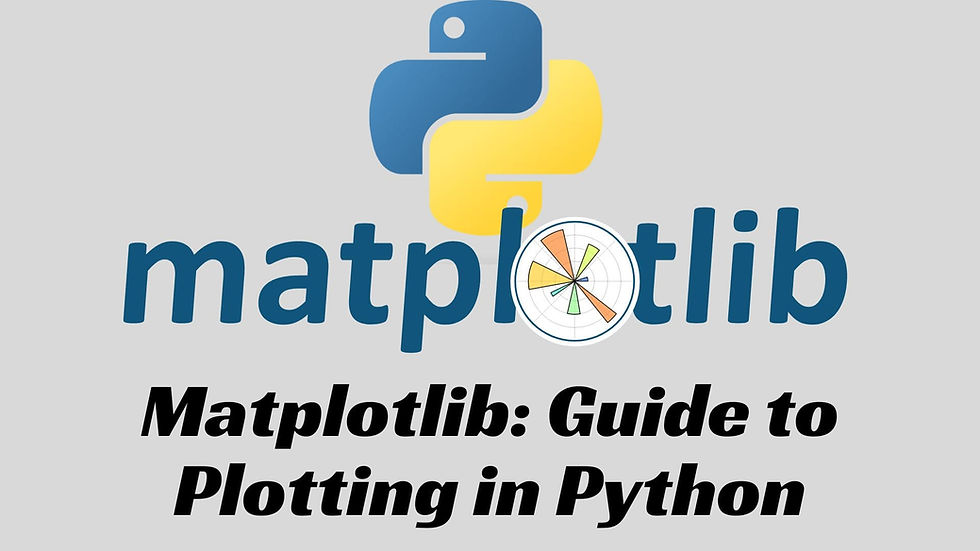The Power of Variance in Python Programming Language
- offpagework1datatr
- Apr 4, 2024
- 3 min read
When it comes to programming languages, Python is known for its versatility and flexibility. One of the key features that sets Python apart from other languages is its use of variance. Variance allows programmers to work with different types of data in a more efficient and concise manner. In this blog post, we will explore the various uses of variance in Python programming language and how it can enhance your coding experience.
Understanding Variance
Before diving into the uses of variance in Python, let's first understand what variance is. In simple terms, variance refers to the ability to use a more general type in place of a more specific type. This means that you can assign a value of a specific type to a variable of a more general type without any issues. Python's dynamic typing system makes it easy to implement variance and work with different types of data seamlessly.
Polymorphism and Flexibility
Variance plays a crucial role in achieving polymorphism in Python. Polymorphism allows you to write code that can work with objects of different types. By utilizing variance, you can define functions and classes that can accept arguments of various types, making your code more flexible and reusable.
For example, let's say you have a function called calculate area that calculates the area of a shape. Instead of creating separate functions for each type of shape, you can define the function to accept a more general type, such as Shape. This way, you can pass in different types of shapes, such as circles, rectangles, or triangles, and the function will calculate the area accordingly.
class Shape:
def calculate_area(self):
pass
class Circle(Shape):
def init(self, radius):
self.radius = radius
def calculate_area(self):
return 3.14 self.radius * 2
class Rectangle(Shape):
def init(self, length, width):
self.length = length
self.width = width
def calculate_area(self):
return self.length * self.width
def calculate_area_of_shape(shape):
return shape.calculate_area()
circle = Circle(5)
rectangle = Rectangle(4, 6)
print(calculate_area_of_shape(circle)) # Output: 78.5
print(calculate_area_of_shape(rectangle)) # Output: 24
By utilizing variance, you can write more concise and flexible code that can handle different types of data without the need for repetitive code.
Collections and Homogeneity
Variance also plays a significant role when working with collections in Python, such as lists, tuples, and dictionaries. Collections allow you to store multiple values in a single variable, making it easier to manage and manipulate data. Variance ensures that you can store different types of data within a collection, providing homogeneity and flexibility.
For instance, let's consider a scenario where you want to store different types of animals in a list. Using variance, you can create a list that can hold objects of various animal types, such as cats, dogs, and birds, without any issues.
class Animal:
def speak(self):
pass
class Cat(Animal):
def speak(self):
return "Meow"
class Dog(Animal):
def speak(self):
return "Woof"
class Bird(Animal):
def speak(self):
return "Chirp"
animals = [Cat(), Dog(), Bird()]
for animal in animals:
print(animal.speak())
The output of the above code will be:
Meow
Woof
Chirp
By utilizing variance, you can create collections that can hold different types of objects, allowing for more dynamic and versatile data structures.
Error Handling and Exception Handling
Variance also plays a significant role in error handling and exception handling in Python. Python provides a robust mechanism for handling errors and exceptions, allowing you to gracefully handle unexpected situations in your code.
By utilizing variance, you can catch and handle exceptions of different types using a single exception handler. This makes your code more concise and ensures that you can handle a wide range of errors without the need for multiple try-except blocks.
try:
# Some code that may raise an exception
except (ValueError, TypeError) as e:
# Handle the exception
print("An error occurred:", str(e))
In the above code, the exception handler will catch both ValueError and TypeError exceptions. By utilizing variance, you can handle different types of exceptions in a more streamlined manner, reducing code duplication and enhancing the readability of your code.
Variance is a powerful feature in Python that allows programmers to work with different types of data in a more efficient and flexible manner. By leveraging variance, you can achieve polymorphism, create versatile collections, and handle errors and exceptions more effectively. Understanding and utilizing variance can greatly enhance your coding experience and make your code more concise and reusable.



Comments